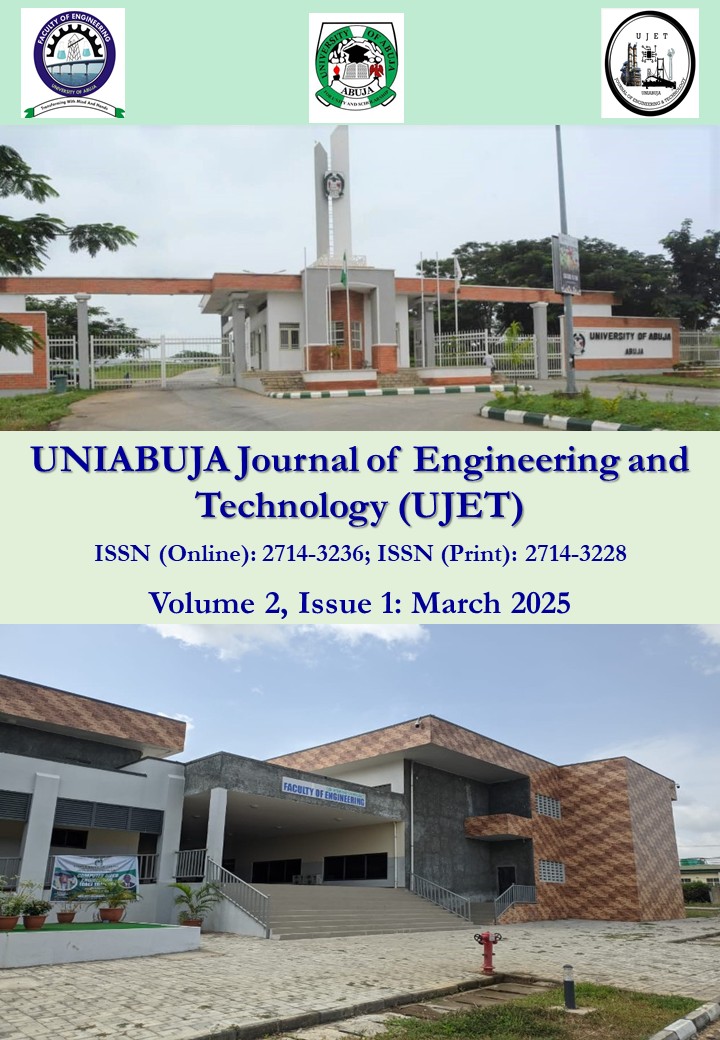Rule-Based Approach to e-Commerce Fraud Detection
Keywords:
Ecommerce fraud, data analytics, rule-based modelling, machine learning modelsAbstract
With the rapid development of information technologies, e-commerce now becomes prevalent worldwide. However, huge number of transactions in e-commerce raises the potential for new problems namely fraud in e-commerce transactions in which the most difficult aspect of the problem is how to detect it. Many solutions are based on machine learning approach which may be expensive due to time and resources needed for training of dataset any time there is change in business policy. In this work, therefore, a system is proposed to detect fraud in e-commerce transaction using analytical technique built on top of rule-based engine. First, at the analytical stage, feature selection and feature engineering were carried out to define the appropriate data features that determines the accuracy of fraud detection in e-commerce transaction. Secondly, a rule-based engine is constructed that defines the policy for every feature and set their threshold to detect deviation from normal policy and then predict the status of the transaction. The constructed rule engine contains various rules starting from single to combination and aggregation of two or more rules. The purpose of the rule is to compute an integer score based on each feature of the transaction and then aggregate the score as more rules are applied. A non-fraud transaction eventually has zero (0) score otherwise the score greater than zero (0) signifies fraud and magnitude of the fraud is determined by the size of the score. Thirdly, strategy is developed for modification of rules without affecting the system performance. The strategy involved creating interfaces for rule update. Finally, a graphical user interface application is developed to demonstrate all the proposed objectives and experiment is carried out using online sourced e-commerce dataset which was only used for evaluation. The system was fine-tuned and experiment performed in three phases. The result of the experiment shows that the proposed system achieved high performance with average accuracy of 93.3% while precision, recall and F1-score are 96.3%, 95.5% and 95.9% respectively. This implies that true positive (TP) and true negative (TN) is high while false positive (FP) and false negative (FN) is very low.
Downloads
Published
How to Cite
Issue
Section
License
Copyright (c) 2025 UNIABUJA Journal of Engineering and Technology (UJET)

This work is licensed under a Creative Commons Attribution-NonCommercial-ShareAlike 4.0 International License.
